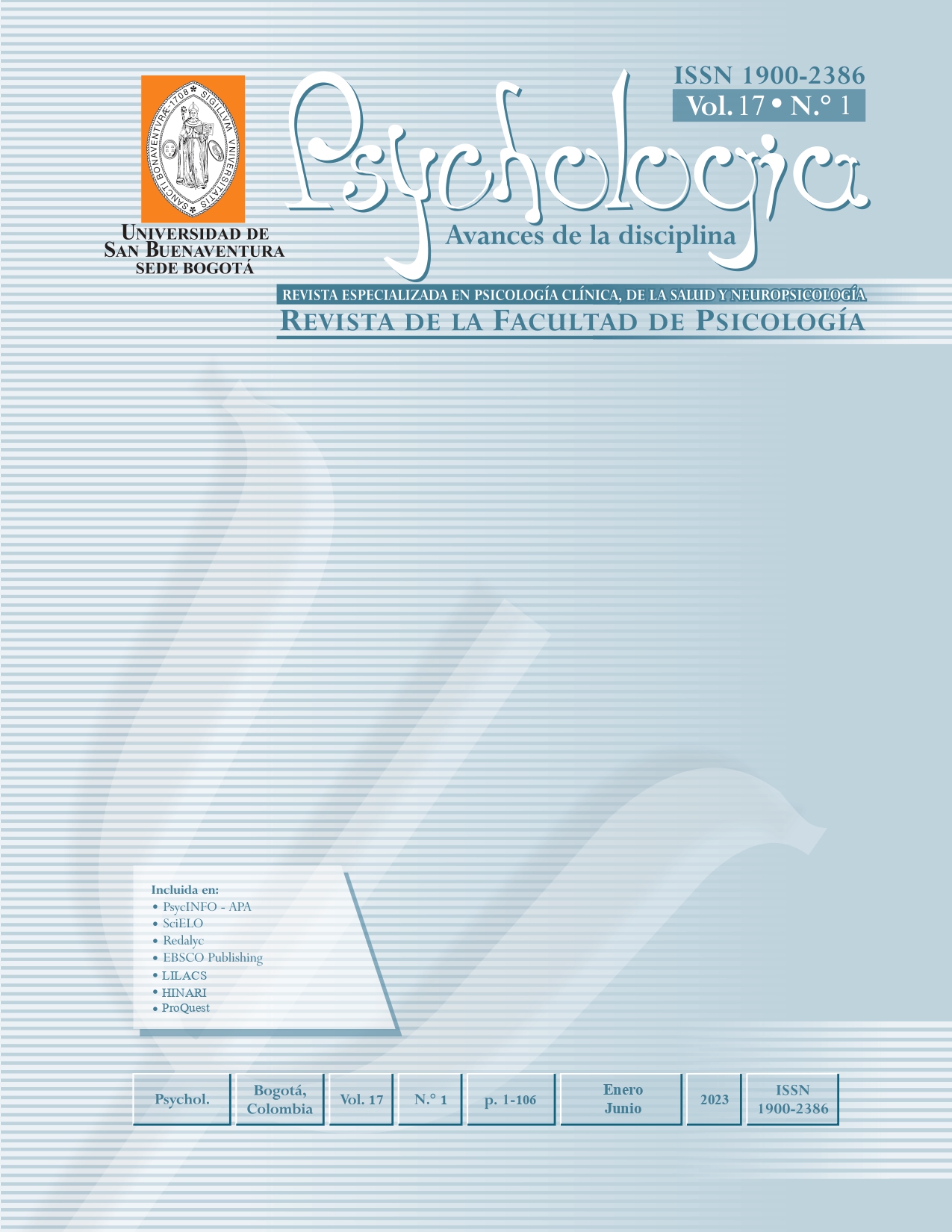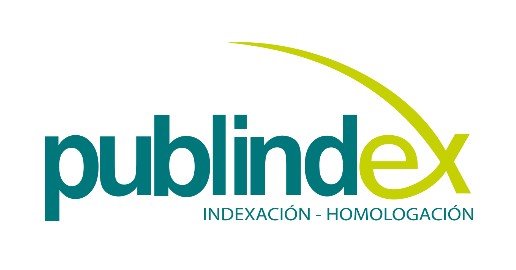Esta revista proporciona un acceso abierto inmediato a su contenido, basado en el principio de que ofrecer al público un acceso libre a las investigaciones ayuda a un mayor intercambio global de conocimiento.
Por tanto se acoge a la Licencia Creative Commons 4.0 Atribuciones Reconocimiento – NoComercial – CompartirIgual (by-nc-sa): No se permite un uso comercial de la obra original ni de las posibles obras derivadas, la distribución de las cuales se debe hacer con una licencia igual a la que regula la obra original.
http://creativecommons.org/licenses/by-nc-sa/4.0/
Resumen
Este estudio metodológico de simulación presenta de forma ejemplificada dos medidas de asimetría. Aunque pueden ser útiles cuando la distribución es unimodal, no se reportan en la investigación psicológica. Una es la distancia estandarizada de la media a la moda de Pearson. La otra es la medida robusta de asimetría de Bickel. Se muestra cómo calcular la estimación puntual y de intervalo con el programa R. Además, se calculan intervalos de confianza al 90 %, 95 % y 99 % con 10 000 extracciones con reemplazamiento de muestras-población con distribución normal y diferentes tamaños para disponer de directrices interpretativas de simetría. Se concluye que la regla ∓0.1 no aplica, la moda de Grenander proporciona los intervalos de confianza más eficientes, pero la asimetría de Bickel es la opción con variables ordinales.
Palabras clave:
Referencias
Bono, R., Arnau, J., Alarcón, R. & Blanca, M. J. (2020). Bias, precision, and accuracy of skewness and kurtosis estimators for frequently used continuous distributions. Symmetry, 12(1), article 19, 1-17. https://doi.org/10.3390/sym12010019.
Canty, A. & Ripley, B. (2022). Boot: bootstrap R (S-Plus) functions. R package version 1.3-28. https://cran.r-project.org/web/packages/boot/boot.pdf.
Eberl, A. & Klar, B. (2020). Asymptotic distributions and performance of empirical skewness measures. Computational Statistics & Data Analysis, 146, article 106939. https://doi.org/10.1016/j.csda.2020.106939.
Epanechnikov, V. A. (1969). Non-parametric estimation of a multivariate probability density. Theory of Probability and Its Applications, 14(1), 153-158. https://doi.org/10.1137/1114019.
Freedman, D. & Diaconis, P. (1981). On the histogram as a density estimator: L2 theory. Zeitschrift für Wahrscheinlichkeitstheorie und Verwandte Gebiete, 57(4), 453-476. https://doi.org/10.1007/BF01025868.
Giorgi, F. M., Ceraolo, C. & Mercatelli, D. (2022). The R language: an engine for bio-informatics and data science. Life, 12(5), article 648. https://doi.org/10.3390/life12050648.
Grenander, U. (1965). Some direct estimates of the mode. Annals of Mathematical Statistics, 36(1), 131-138. https://doi.org/10.1214/aoms/1177700277.
Guidoum, A. C. (2020). Kernel estimator and bandwidth selection for density and its derivatives: the kedd package. arxiv, article 2012.06102v1. https://doi.org/10.48550/arXiv.2012.06102.
Gupta, S. C. & Kapoor, V. K. (2020). Descriptive measures. In Fundamentals of mathematical statistics, twelfth edition (section 2, pp. 1-78). New Delhi: Sultan Chand & Sons.
Henderson, D. J., Papadopoulos, A. & Parmeter, C. F. (2023). Bandwidth selection for kernel density estimation of fat-tailed and skewed distributions. Journal of Statistical Computation and Simulation, article 2173194, 1-26. https://doi.org/10.1080/00949655.2023.2173194
Khan, A. A., Cheema, S. A., Hussain, Z. & Abdel-Salam, G. A. (2021). Measuring skewness: We do not assume much. Scientia Iranica, 28(6), 3525-3537. https://doi.org/10.24200/SCI.2020.52306.2649.
Lane, D. M. (2015). Histograms. En Online statistics education: a multimedia course of study. https://stats.libretexts.org/Bookshelves/Introductory_Statistics/Book%3A_Introductory_Statistics_(Lane)/02%3A_Graphing_Distributions/2.04%3A_Histograms.
Mokhtar, S. F., Yusof, Z. M. & Sapiri, H. (2023). Confidence intervals by bootstrapping approach: a significance review. Malaysian Journal of Fundamental and Applied Sciences, 19(1), 30-42. https://doi.org/10.11113/mjfas.v19n1.2660.
Moral, J. (2022). Una medida de asimetría unidimensional para variables cualitativas. Revista de Psicología (PUCP), 40(1), 519-551. https://dx.doi.org/10.18800/psico.202201.017.
Moral, J. (2023). Standardized distance from the mean to the median as a measure of skewness. Open Journal of Statistics, 13, 359-378. https://dx.doi.org/10.4236/ojs.2023.133018.
Pakgohar, A. & Mehrannia, H. (2023). Statistical rules in scientific reports (the basics). Iranian Journal of Diabetes and Obesity, 15, article 12205. https://doi.org/10.18502/ijdo.v15i1.12205.
Parzen, E. (1962). On estimation of a probability density function and mode. Annals of Mathematical Statistics, 33(3), 1065-1076. https://doi.org/10.1214/aoms/1177704472.
Pearson, K. (1894). Contributions to the mathematical theory of evolution. I. On the dissection of asymmetrical frequency curves. Philosophical Transactions of the Royal Society of London A, 185, 71-110. https://doi.org/10.1098/rsta.1894.0003.
Poncet, P. (2022). Package ‘modeest’. Mode estimation. https://cran.r-project.org/web/packages/modeest/modeest.pdf.
Ruzankin, P. S. (2022). A class of nonparametric mode estimators. Communications in Statistics - Simulation and Computation, 51(6), 3291-3304. https://doi.org/10.1080/03610918.2019.1711410.
Sarka, D. (2021). Descriptive statistics. In: Advanced Analytics with Transact-SQL (pp. 3-29). Berkeley, CA: Apress. https://doi.org/10.1007/978-1-4842-7173-5_1.
Scott, D. W. (1979). On optimal and data-based histograms. Biometrika, 66(3), 605-610. https://doi.org/10.1093/biomet/66.3.605.
Sheather, S. J. & Jones, M. C. (1991). A reliable data-based bandwidth selection method for kernel density estimation. Journal of the Royal Statistical Society. Series B (Methodological), 53(3), 683-690. https://doi.org/10.1111/j.2517-6161.1991.tb01857.x.
Shi, J., Luo, D., Wan, X., Liu, Y., Liu, J., Bian, Z. & Tong, T. (2020). Detecting the skewness of data from the sample size and the five-number summary. arXiv, article 2010.05749. https://doi.org/10.48550/arXiv.2010.05749.
Silverman, B. W. (1986). Density estimation for statistics and data analysis. London: Chapman and Hall.























